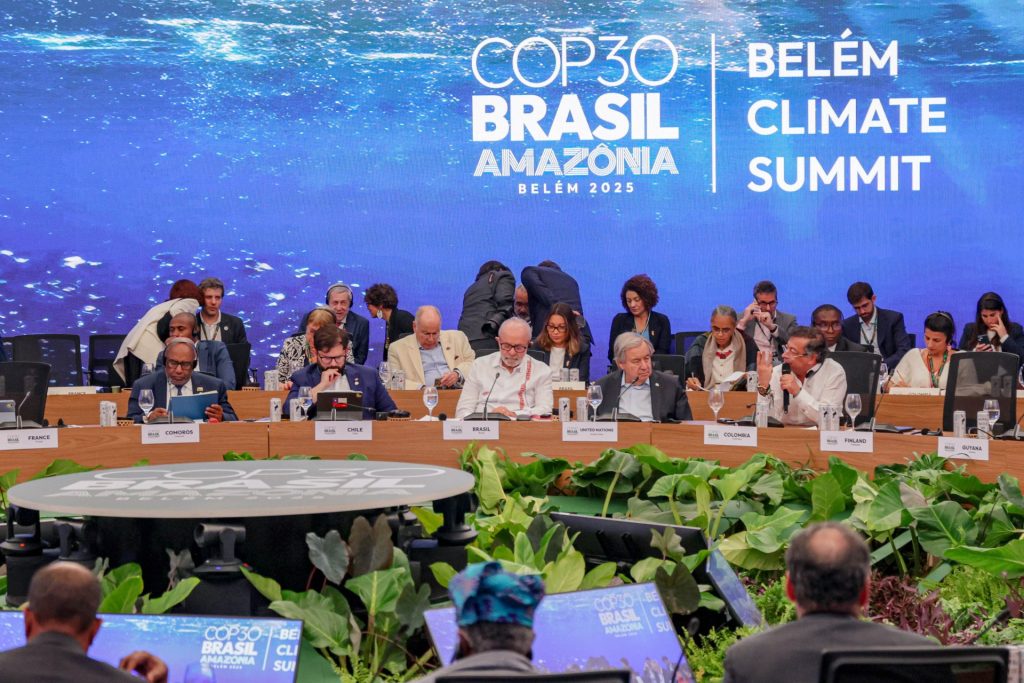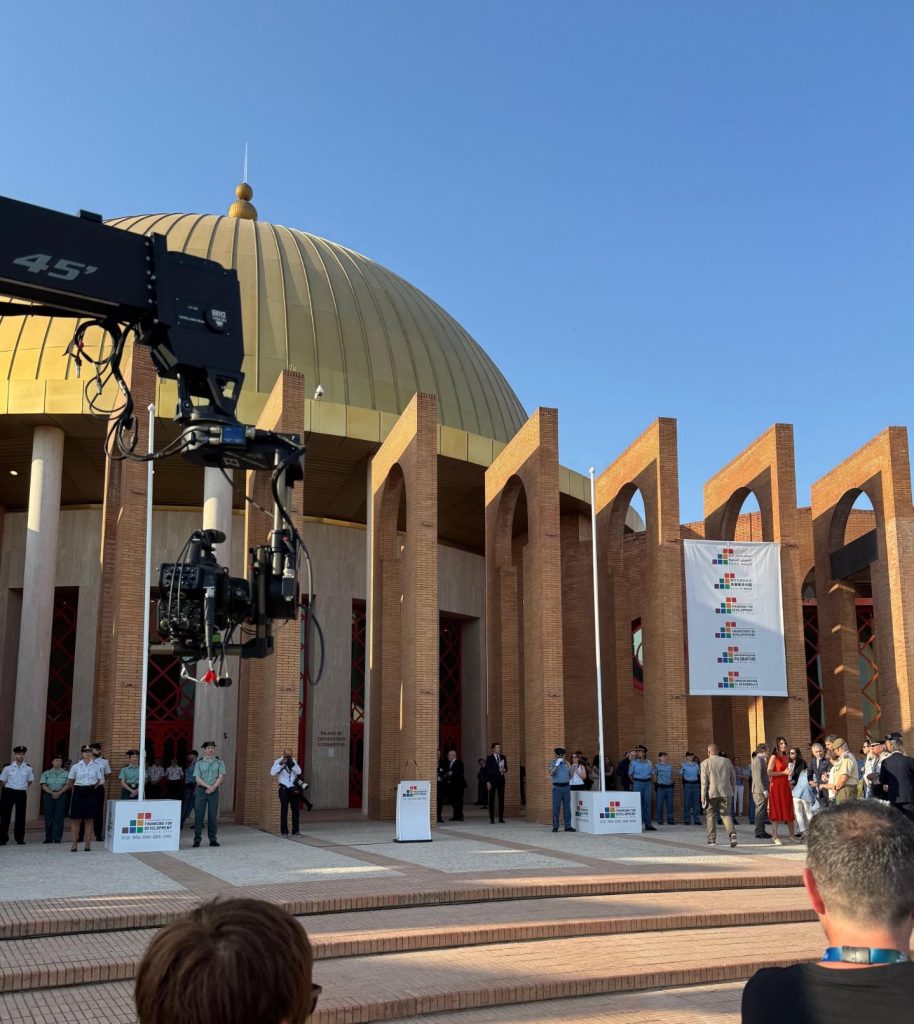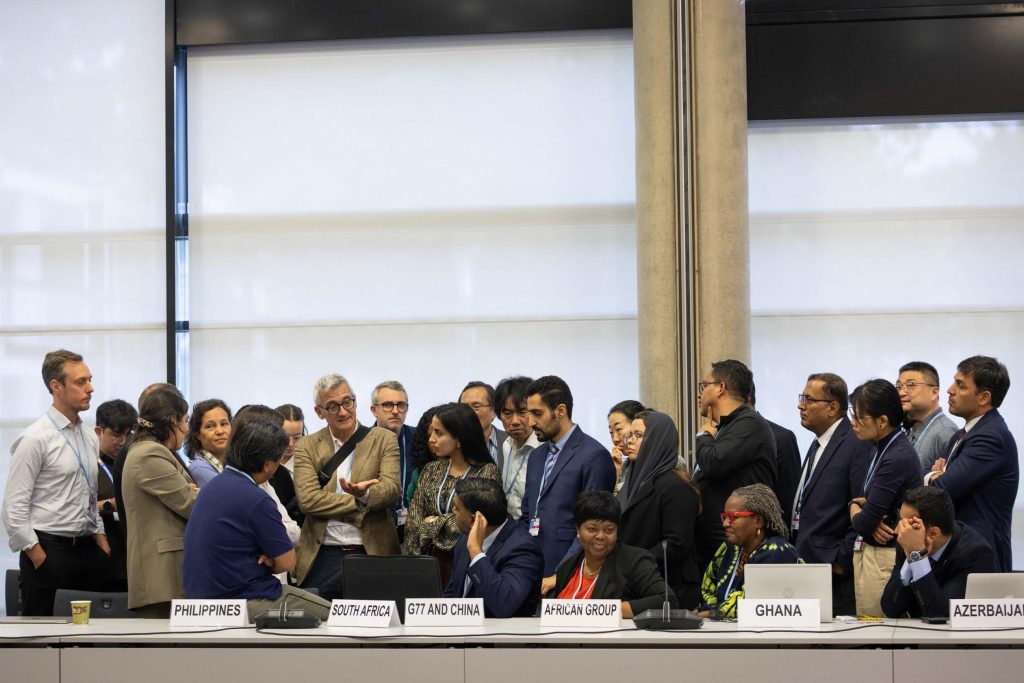At the recently concluded AMCEN 10th special session in Abidjan, Côte d’Ivoire on 6 September, African Environmental Ministers called for the adoption of target of $1.3 trillion of mobilised and provided climate finance. This amount is to be regularly reviewed to reflect the evolving needs of developing countries, particularly those expressed in their Nationally Determined Contributions (NDCs) and other climate instruments like National Adaptation Plans. They argued that it should be responsive to other financial estimates, such as the Standing Committee on Finance’s needs determination report, which provides that developing countries need US$5.8 trillion by 2030 to implement their NDCs. AMCEN’s position is that “developed countries must provide leadership to provide the scale of climate finance required as trillions of dollars are needed annually to tackle the climate crisis and restore trust in the multilateral system.”
COP29 in Baku has been labelled the “finance COP” where countries will look to agree on a new climate finance target (NCQG) that will replace the current $100 billion/year target. Over the past two years, negotiators have been locked in debates around how to refine the qualitative elements on the goal, to overcome some of the challenges experienced with it over the past decade and more. Discussions have mostly focused on how it should be determined, who should contribute, the form of finance that will be provided, principles and objectives, what it should finance, the role of financial institutions and climate funds, and how to address developing country needs. But up until now little has been said about the actual amount (quantum) that developed countries will commit to. With two months left to go, countries will need to work closely to agree on a quantum that is big enough to meet developing country needs but that is of a scale that developed countries feel is financially feasible.
Surprisingly little has been said on this topic. Understandably many countries want to first agree on basic principles and a framework for the target before they get to hard numbers, but at the same time, negotiating around the trillions cannot be done in in the High Level Ministerial Dialogue and two weeks at the COP. Rightfully, in Bonn this year, some countries argued that key elements such as time frame, scope and contributors needed to be decided first before engaging with actual amounts. Some parties (including African countries), want the goal to be based on the needs and priorities identified by developing countries. This can be through their NDCs or in investment plans. But not all countries have financially quantified their needs in these instruments yet, and many lack the data to do so. This makes an initial amount difficult to determine based on needs alone. Accordingly, some (including African countries) have proposed that the goal be reviewed periodically and adjusted based on needs as they evolve, and as more data and information becomes available. To overcome this dilemma, African countries have been arguing for a needs based approach, but they have also come forward with an initial number of $1.3 trillion which can then be reviewed over time.
The amount proposed by AMCEN aligns to some degree with the Arab Group’s proposal last year of US$ 1.1 trillion, excluding historic arrears for the previous $100 billion target. India has also supported a target of US$1 trillion/year. The AILAC group representing various South American countries has called for a NCQG “in the trillions”. But developed countries have been relatively silent on amounts. Instead they have been pushing to expand the contributor base to include other wealthier developing countries, and arguing for a greater role of private sector finance.
A discussion of numbers was glaringly absent from the latest meeting on 6-9 September of the working group tasked with coming up with a draft new climate finance goal. In the meeting’s reflection document by the co-chairs, no mention is made of any amount. Amounts are discussed in the synthesis report by the co-chairs of the written submissions they had received ahead of the meeting, but these were primarily based on submissions from NGOs and thinktanks. Of those submissions, one group had suggested US$1 trillion in grant finance, another US$5 trillion, a further one US$6.9 trillion with disaggregated sub-goals for mitigation, adaptation and loss and damage. The written inputs from Canada, and the EU which were one of the few countries to have made submissions, do not appear to have included any proposal on the quantum.
It is likely that the quantum question will be pushed onto the plate of Ministers as they meet at the next Ministerial High Level dialogue and ultimately at COP29 in November. In the interim, the working group has stated it will focus its next meeting on challenges with accessing climate finance.
Access is certainly an issue that African countries will be looking to build on. In the outcomes document from AMCEN, Ministers called for a NCQG that addresses the obstacles African countries face in accessing and attracting climate finance and trade, resulting in the continent spending 5% of GDP on climate responses and unsustainable debt levels. In their view, the NCQG should address the unsustainable debt burden, high cost of capital and increasing use of non-concessional finance. They point to the fact that the current financial instruments provided to developing countries are increasing debt stress, and the share of loans to Africa in total Overseas Development Assistance in 2022 increased by 29%. As such, they believe that the NCQG framework should address the types of finance instruments and their relative contribution to the quantum, with a clear share for public grant finance.





